Dear Stephen,
I read that the Cowden protocol may be adding a mixture, including elecampane, for babesia. Elecampane grows terrifically in my garden. How can I prepare elecampane to take medicinally for babesia? Thanks very much.
Stephen’s response:
Elecampane is a great herb. It can be dried and encapsulated, made into a strong tea (decoction) or used as a tincture.
To make a fresh root tincture: use 1 part root, two parts liquid composed of 60% alcohol and 40% water (e.g. 16 ounces fresh root, 32 ounces water of which 19 ounces is 95% pure grain alcohol, the rest water).
To prepare a dried root tincture: use 1 part root, 5 parts liquid, 60% alcohol 40% water (e.g. 16 ounces root, 80 ounces liquid).
For the tinctures: take 10-30 drops to 4x daily.
If using a strong decoction: drink 1-6 ounces to 4x day.
If you are encapsulating: use 00 capsules, up to 20 per day.
Stephen
-
Stephen Harrod Buhner was an Earth poet and an award-winning author of twenty-four books on nature, indigenous cultures, the environment, and herbal medicine including the acclaimed book Healing Lyme: Natural Healing & Prevention of Lyme Borreliosis & Its Co-infections.
Stephen came from a long line of healers including Leroy Burney, Surgeon General of the United States under Eisenhower and Kennedy, and Elizabeth Lusterheide, a midwife and herbalist who worked in rural Indiana in the early nineteenth century. The greatest influence on his work, however, was his great-grandfather C.G. Harrod who primarily used botanical medicines, also in rural Indiana, when he began his work as a physician in 1911.
Stephen’s work has appeared or been profiled in publications throughout North America and Europe including Common Boundary, Apotheosis, Shaman’s Drum, The New York Times, CNN, and Good Morning America. Stephen lectured yearly throughout the United States on herbal medicine, the sacredness of plants, the intelligence of Nature, and the states of mind necessary for successful habitation of Earth.
He was a tireless advocate for the reincorporation of the exploratory artist, independent scholar, amateur naturalist, and citizen scientist in American society – especially as a counterweight to the influence of corporate science and technology.
View all posts

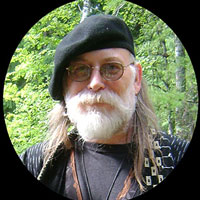
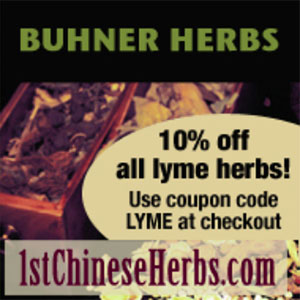


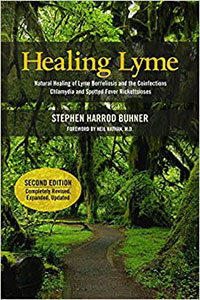
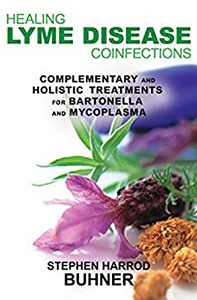
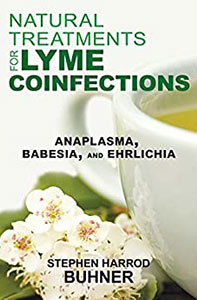
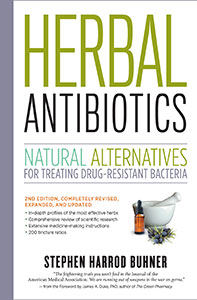
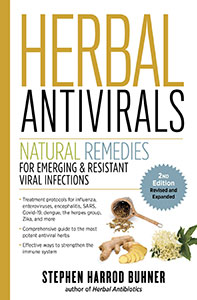



0 Comments